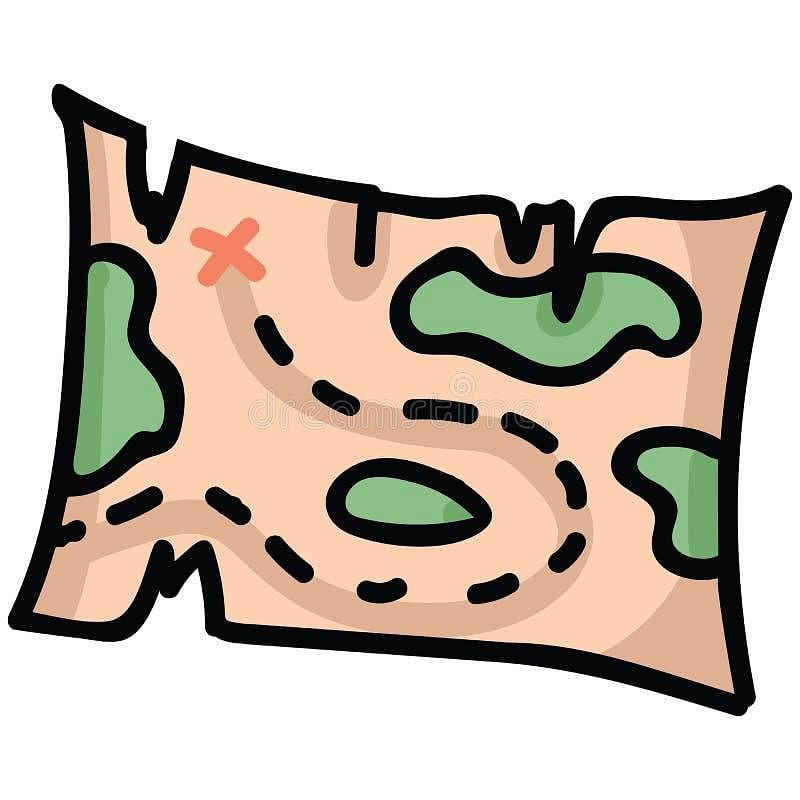|
Card: 1 / 28 |
The Harappan Civilization was geographically extensive, covering areas in ___, ___, and ___ regions of the Indian subcontinent. |
|
Card: 3 / 28 |
What architectural feature of the Indus Valley Civilization is exemplified by the Great Bath at Mohenjo-daro, and what was its likely purpose? |
|
Card: 4 / 28 |
The Great Bath exemplifies advanced public architecture and is believed to have served the purpose of ritual bathing, which was significant in religious ceremonies in ancient India. |
|
Card: 5 / 28 |
What evidence suggests that the Indus Valley Civilization used granaries for storing food grains? |
|
Card: 6 / 28 |
Granaries were discovered in both Mohenjo-daro and Harappa, indicating that food grains were restored in large quantities, likely for tax collection, wage payments, and emergency use, similar to practices in Mesopotamian cities. |
|
Card: 7 / 28 |
What types of animals were domesticated by the Harappans in the Indus Valley Civilization, and what was the significance of the horse in their culture? |
|
Card: 8 / 28 |
The Harappans domesticated oxen, buffaloes, goats, sheep, pigs, dogs, cats, asses, and camels. The horse was not central to their culture, as evidence of horses is sparse and mainly derived from superficial layers in Mohenjo-daro and a questionable terracotta figure from Lothal, indicating that horses may not have played a significant role in Harappan society. |
|
Card: 9 / 28 |
What materials were primarily used by Harappan artisans in the manufacture of tools and weapons, and where were they sourced from? |
|
Card: 10 / 28 |
Harappan artisans primarily used bronze, made by mixing copper from Rajasthan with tin, which was possibly sourced from Afghanistan. They also used stone for various tools. |
|
Card: 11 / 28 |
What were the primary means of trade for the Harappans, and what did they trade for? |
|
Card: 12 / 28 |
The Harappans primarily engaged in barter for trade, exchanging finished goods and possibly food grains to procure metals from neighboring areas. |
|
Card: 13 / 28 |
What evidence suggests the existence of a central authority in Harappan culture? |
|
Card: 14 / 28 |
The cultural homogeneity of the Indus civilization implies that a central authority must have been present to maintain such uniformity across the vast Harappan cultural zone. |
|
Card: 15 / 28 |
The worship of the pipal tree in the Indus region signifies a continued tradition of ___ throughout history. |
|
Card: 17 / 28 |
The Harappan script is primarily characterized as ___ rather than alphabetical. |
|
Card: 19 / 28 |
What significance does the number 16 hold in both ancient and modern Indian weight systems? |
|
Card: 20 / 28 |
The number 16 was primarily used in weighing, with multiples such as 16, 64, 160, 320, and 640 being common; this tradition has persisted in India, where 16 annas made one rupee. |
|
Card: 23 / 28 |
What were the major factors that contributed to the decline of the Harappan culture around 1900 B.C.? |
|
Card: 24 / 28 |
The decline of the Harappan culture was attributed to several factors including a decrease in rainfall affecting agriculture, increasing soil salinity, possible subsidence or uplift causing floods, and changes in the course of the Indus River due to earthquakes. Additionally, there are theories suggesting the impact of Aryan migrations, though this lacks substantial evidence. |
|
Card: 25 / 28 |
The area described extends from ___ in the north to the ___ in the south, and from the Makran coast of ___ in the west to ___ in the north-east. |
|
Card: 27 / 28 |
The Harappan civilization is named after the site of ___, which was the first archaeological location discovered in the Indus Valley. |
























